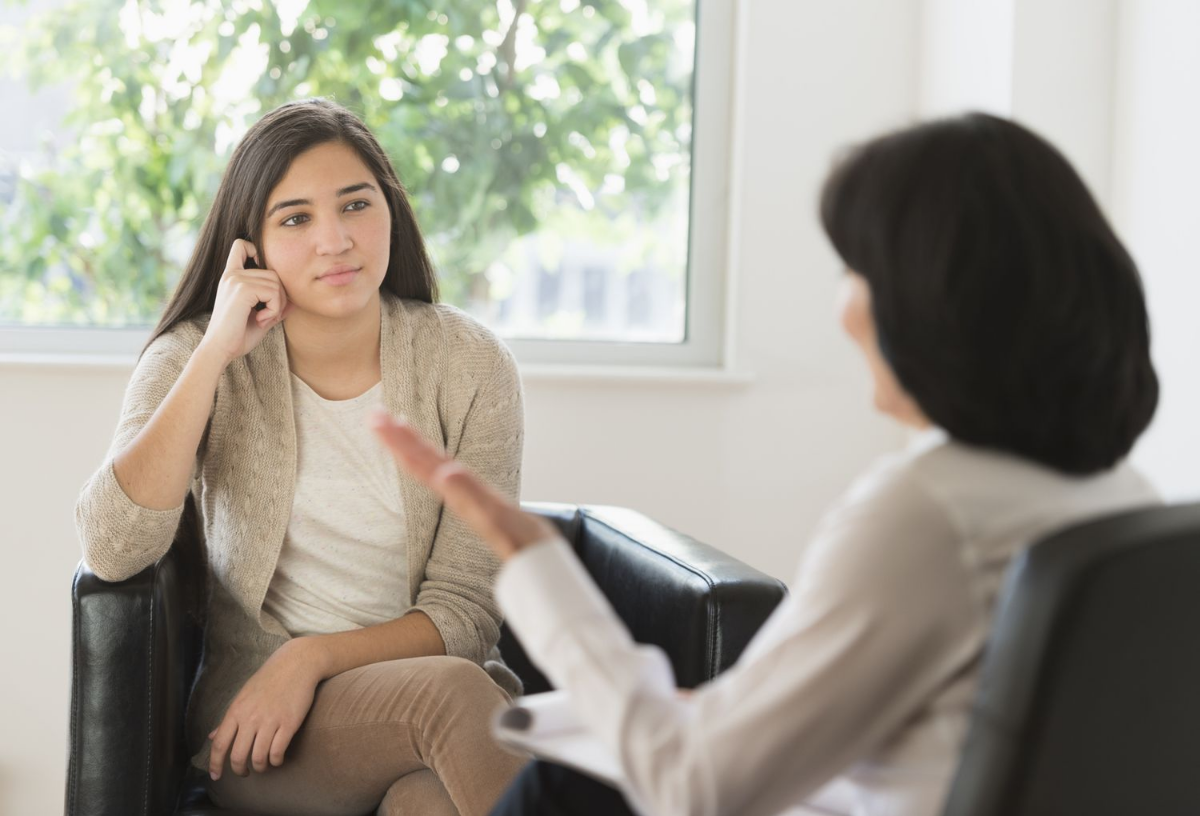
Depression and anxiety are two of the more common mental health conditions affecting people around the world. They impact people of all ages, backgrounds, and lifestyles, often overlapping to create complex emotional and physical symptoms. While occasional sadness or worry is a natural part of life, persistent feelings of hopelessness, fear, or exhaustion can interfere with daily functioning and overall quality of life. Left untreated, these conditions can impact relationships, work, and physical health. The good news is that effective treatments for depression and anxiety are widely available, offering hope to those who are working to navigate these conditions. Modern approaches combine therapies, medications, lifestyle changes, and holistic practices tailored to individual needs. The journey to recovery often involves trial and error to find the right combination of treatments, but with persistence and support, healing is possible.
One of the first steps in addressing depression and anxiety is understanding that they are medical conditions. Seeking help is a courageous and essential act of self-care. Whether you or someone you care about is experiencing these issues, knowing what treatments are available can empower you to take proactive steps toward improvement. In this article, we’ll explore the various options for treating depression and anxiety, from traditional therapies to alternative approaches, and offer guidance on how to get started on the path to recovery.
Traditional Therapies for Depression and Anxiety
1. Psychotherapy
Psychotherapy, or talk therapy, is a cornerstone in treating depression and anxiety. It involves working with a trained mental health professional to explore thoughts, emotions, and behaviors. Common types of psychotherapy include the following:
- Cognitive Behavioral Therapy (CBT): Focuses on identifying and changing negative thought patterns and behaviors that contribute to depression and anxiety
- Dialectical Behavior Therapy (DBT): Combines CBT techniques with mindfulness strategies to help individuals regulate emotions and improve relationships
- Interpersonal Therapy (IPT): Addresses relationship challenges and their impact on mental health
- Exposure Therapy: Often used for anxiety disorders to help individuals confront fears in a safe and controlled way
Therapy sessions can be conducted one on one, in groups, or with family members, depending on the individual’s needs.
2. Medication
In some cases, medication may be prescribed to help manage the symptoms of depression and anxiety. Common classes of medications include:
- Antidepressants: Such as selective serotonin reuptake inhibitors (SSRIs) and serotonin-norepinephrine reuptake inhibitors (SNRIs), which regulate brain chemicals associated with mood
- Anxiolytics: Medications like benzodiazepines or buspirone, often used for short-term relief of anxiety symptoms
- Beta-Blockers: Sometimes prescribed to address physical symptoms of anxiety, such as rapid heartbeat and trembling
Medications may be more effective when combined with therapy and should always be taken under the supervision of a healthcare provider.
Lifestyle Changes to Support Mental Health
In addition to professional treatments, lifestyle adjustments can play a significant role in the management of depression and anxiety. Some strategies include the following:
1. Regular Exercise
Physical activity boosts endorphins and serotonin, which can improve mood and reduce anxiety. Even light activities like walking or yoga can make a difference.
2. Healthy Nutrition
A balanced diet supports brain health. Foods rich in omega-3 fatty acids, antioxidants, and whole grains may help stabilize mood and energy levels.
3. Adequate Sleep
High-quality sleep is important for emotional resilience. Developing a consistent bedtime routine and addressing sleep disturbances can support recovery.
4. Stress Management
Techniques such as meditation, deep breathing, and journaling can help reduce stress and promote relaxation.
5. Social Connection
Building a network of friends, family, and support groups can provide emotional reassurance and reduce feelings of isolation.
Alternative and Complementary Treatments
For those seeking holistic approaches, several alternative treatments can complement traditional methods:
1. Mindfulness and Meditation
Practices like mindfulness meditation teach individuals to focus on the present moment, potentially helping to reduce worry and negative thinking patterns.
2. Acupuncture
Some individuals find relief from anxiety and depression symptoms through acupuncture, which aims to restore balance to the body’s energy flow.
3. Art and Music Therapy
Creative outlets can help individuals express emotions, process trauma, and find joy, making them valuable tools in mental health treatment.
When to Seek Help
If feelings of depression or anxiety persist for weeks, worsen over time, or interfere with daily life, it’s important to seek professional help. Warning signs include:
- Persistent sadness or hopelessness
- Difficulty concentrating or completing tasks
- Physical symptoms such as fatigue, headaches, or stomachaches
- Avoidance of social interactions or activities once enjoyed
Mental health emergencies, such as thoughts of self-harm or suicide, require immediate attention. Reach out to a crisis hotline or emergency services for support.
Depression and anxiety are treatable conditions. By combining professional treatments with lifestyle adjustments and alternative therapies, individuals can find relief and build a fulfilling life. Recovery is a journey that involves patience, effort, and support, but the rewards are well worth it. If you or someone you know is struggling, remember that help is available and healing is possible. Take the first step today toward a brighter, healthier future.
Resource Links
"Anxiety Disorders" via Cleveland Clinic
"Anxiety disorders" via Mayo Clinic
"Generalized anxiety disorder" via Mayo Clinic